Imagine transforming ordinary ocean photos into works of art that captivate and inspire. With a blend of creativity, technique, and a keen eye for detail, even the most mundane marine moments can become extraordinary artistic ocean photos. Whether you’re capturing the crashing waves, serene sunsets, or the intricate patterns of the underwater world, there’s something inherently magical about the ocean that lends itself perfectly to artistic expression. From experimenting with unique perspectives and innovative compositions to exploring vibrant color palettes and adding texture, the possibilities for creating stunning artistic ocean photos are endless. In this article, we’ll delve into the secrets of crafting artistic ocean photos that stand out, offering practical tips, creative techniques, and inspiration to help you unlock your artistic potential. Get ready to discover how to elevate your ocean photography to new heights and create masterpieces that will be admired for years to come.
Key Takeaways
- Master Lighting Techniques: Enhance your ocean photos with soft, diffused light and dramatic shadows for a serene or dynamic atmosphere.
- Craft Compelling Compositions: Use leading lines, frame shots with the horizon, and incorporate foreground elements like boats or birds.
- Experiment with Color and Tone: Capture vibrant hues during golden hours and achieve a minimalist look with monochrome conversions.
- Play with Perspective: Showcase the ocean’s vastness with wide-angle shots and experiment with unique viewpoints like shooting from above or below the water.
- Leverage Post-Processing Magic: Elevate your photos with filters, exposure adjustments, and creative edits for added depth and dimension.
- Infuse Motion and Storytelling: Capture dynamic movement and convey narratives through settings like a sunset after a storm or abstract wave patterns.
- Consider Environmental Factors: Use a tripod for stability and explore apps/presets designed for ocean photography to streamline your workflow.
- Embrace Technical Excellence: Ensure sharp focus, correct exposure, and creative editing to produce polished, professional-quality artwork.
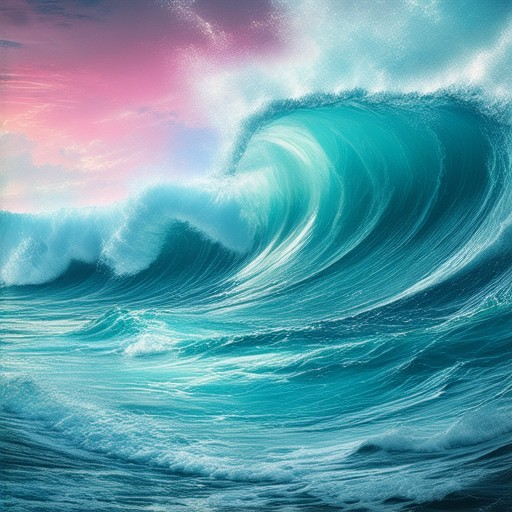
Transforming Ordinary Ocean Photos into Artistic Masterpieces
To elevate your ocean photos from ordinary to extraordinary, consider these expert tips:
- Master Lighting Techniques
- Utilize soft, diffused light to create a serene atmosphere.
- Capture dramatic shadows and textures for depth.
- Craft Compelling Compositions
- Incorporate leading lines to draw the viewer’s eye toward the subject.
- Frame shots with the horizon or include foreground elements like boats or birds.
- Explore symmetry through reflections or patterns in the waves.
- Experiment with Color and Tone
- Shoot during golden hours for vibrant sunsets and warm tones.
- Convert to monochrome for a minimalist, artistic look.
- Use filters to enhance colors and create mood.
- Play with Perspective
- Capture the vastness of the ocean with wide-angle shots.
- Try close-ups to highlight wave textures and surface tension.
- Experiment with unique viewpoints, like shooting from above or below the water.
- Leverage Post-Processing Magic
- Crop and adjust exposure for better framing and mood.
- Apply motion blur for dynamic wave effects.
- Add artistic filters like sepia or vintage for a timeless feel.
- Overlay textures for added depth and dimension.
- Infuse Motion and Storytelling
- Capture motion with panned shots of crashing waves.
- Tell a story through the setting, such as a sunset after a storm.
- Look for abstract patterns in wave interactions and reflections.
- Consider Environmental Factors
- Use a tripod for stability in rough conditions.
- Explore apps and presets designed for ocean photography.
By focusing on these elements, you can transform ordinary ocean photos into works of art that captivate and inspire.
What Makes an Artistic Ocean Photo Stand Out
An artistic ocean photo captures the essence of the sea in a unique and inspiring way. Here are the key elements that make such photos memorable:
- Unique Composition: A great ocean photo isn’t just about capturing a moment—it’s about creating a visually striking arrangement. Consider the interplay between land, sea, sky, and any elements like waves, reflections, or boats. A balanced yet unconventional setup often grabs attention.
- Lighting Magic: Lighting is the soul of photography. Soft, diffused light during sunrise or sunset can transform ordinary scenes into golden hues. Dramatic shadows under clouds or on waves add depth and drama, making the image feel alive.
- Vibrant Color Palette: Ocean photos thrive on color. Blues, greens, and golds evoke calmness and serenity, while vibrant sunsets or bioluminescent waves bring energy and emotion to the scene. Colors that pop and contrast beautifully often make the photo stand out.
- Storytelling Element: A truly artistic photo tells a story. Whether it’s the lone surfer waiting for the perfect wave or a quiet cove untouched by civilization, the image invites viewers to imagine the scene and feel its atmosphere.
- Uniqueness and Originality: Artistic ocean photos aren’t just copies—they’re originals. Look for perspectives that others haven’t captured before, like a low-angle shot of a wave meeting the horizon or a macro view of tiny shells and bubbles.
- Emotional Connection: The best photos connect with people on a deeper level. They evoke feelings of peace, adventure, or nostalgia. If a viewer can relate to the emotions the photo conveys, it becomes unforgettable.
By blending these elements, an artistic ocean photo transcends mere documentation—it becomes a work of art that inspires and captivates. Explore our gallery to discover more stunning examples and tips for capturing your own masterpiece.
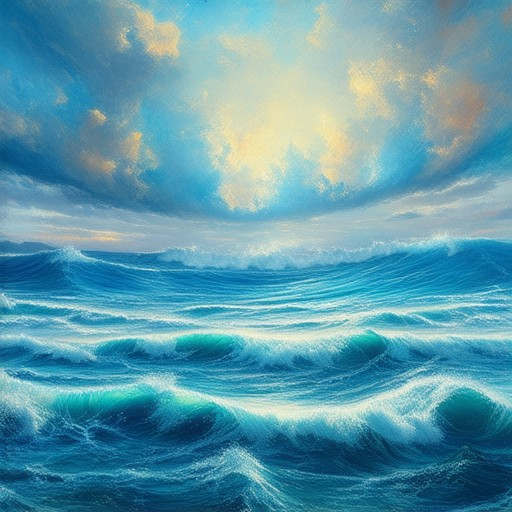
How to Create Artistic Ocean Photos That Stand Out
Creating artistic ocean photos requires a blend of creativity, technique, and attention to detail. Here are some expert tips to help you capture stunning ocean scenes:
- Unique Angles : Experiment with low-angle shots to emphasize the vastness of the ocean. Capture dramatic perspectives by shooting from the edge of cliffs or below the surface.
- Dramatic Lighting : Shoot during the golden hours—sunrise or sunset—for soft, warm lighting that enhances the ocean’s mood and colors.
- Leading Lines : Use the horizon or breaking waves as leading lines to draw the viewer’s eye across the frame, creating a sense of movement and depth.
- Symmetry and Balance : Frame your scenes with symmetrical elements like reflections or evenly spaced waves to create harmony in the composition.
- Add Unique Elements : Incorporate unexpected subjects like lone boats, seagulls, or even ships on the horizon to add interest and tell a story.
- Long Exposures : Try long exposures to capture the dynamic patterns of waves and light, creating abstract and artistic textures.
- Post-Processing Magic : Use editing tools to enhance colors, reduce noise, and adjust tones to bring out the unique qualities of your ocean photos.
- Find Your Spot : Discover hidden coves, secret beaches, or lesser-known vantage points to find unique perspectives and avoid the crowds.
- Focus on Details : Pay attention to small details like wave textures, sun reflections, or the interaction between light and water to reveal the scene’s character.
Share your tips and tricks with fellow photography enthusiasts on platforms like Sailing Photo Awards to inspire others and learn from their expertise. Happy snapping!
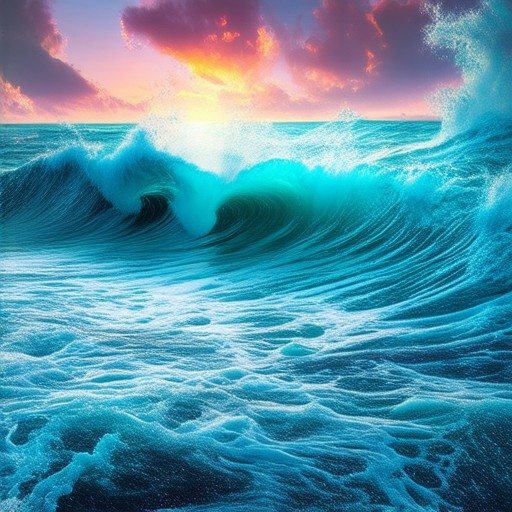
Transforming Ordinary Ocean Photos into Artistic Masterpieces
To elevate your ocean photos from ordinary to extraordinary, consider these expert tips:
- Master Lighting Techniques
- Utilize soft, diffused light to create a serene atmosphere.
- Capture dramatic shadows and textures for depth.
- Craft Compelling Compositions
- Incorporate leading lines to draw the viewer’s eye toward the subject.
- Frame shots with the horizon or include foreground elements like boats or birds.
- Explore symmetry through reflections or patterns in the waves.
- Experiment with Color and Tone
- Shoot during golden hours for vibrant sunsets and warm tones.
- Convert to monochrome for a minimalist, artistic look.
- Use filters to enhance colors and create mood.
- Play with Perspective
- Capture the vastness of the ocean with wide-angle shots.
- Try close-ups to highlight wave textures and surface tension.
- Experiment with unique viewpoints, like shooting from above or below the water.
- Leverage Post-Processing Magic
- Crop and adjust exposure for better framing and mood.
- Apply motion blur for dynamic wave effects.
- Add artistic filters like sepia or vintage for a timeless feel.
- Overlay textures for added depth and dimension.
- Infuse Motion and Storytelling
- Capture motion with panned shots of crashing waves.
- Tell a story through the setting, such as a sunset after a storm.
- Look for abstract patterns in wave interactions and reflections.
- Consider Environmental Factors
- Use a tripod for stability in rough conditions.
- Explore apps and presets designed for ocean photography.
By focusing on these elements, you can transform ordinary ocean photos into works of art that captivate and inspire.
How Can You Make Ordinary Ocean Photos Into Artistic Masterpieces?
To transform ordinary ocean photos into artistic masterpieces, focus on enhancing composition, leveraging lighting, storytelling, and creative techniques. Here’s a step-by-step guide:
- Master Composition :
- Utilize leading lines to draw the viewer’s eye towards your subject.
- Frame your shot to emphasize the horizon, capturing the vastness of the ocean.
- Experiment with symmetry and asymmetry to create dynamic balance.
- Leverage Lighting :
- Shoot during the golden hour for soft, warm lighting that enhances textures.
- Capture dramatic silhouettes by shooting into the sun or against the moonlight.
- Explore high-dynamic-range (HDR) techniques to reveal subtle details in shadows and highlights.
- Storytelling Through Photography :
- Convey movement by freezing moments of waves or boats moving across the frame.
- Incorporate elements that evoke emotions, such as a lone boat or a bird flying over the ocean.
- Document the changing tides or unique patterns in the water to tell a story over time.
- Color and Contrast :
- Use vibrant colors to reflect the ocean’s mood, whether calm and serene or stormy and intense.
- Play with complementary colors to create visually striking contrasts.
- Adjust white balance to enhance the natural tones of the ocean and sky.
- Perspective and Angle :
- Get low and close to the surface to capture intricate details in wave patterns.
- Try elevated angles to highlight the vastness of the ocean horizon.
- Experiment with tilting the camera to add a sense of motion or instability.
- Details and Depth :
- Blur the background to isolate your subject and draw attention to it.
- Look for unique patterns in the sand, rocks, or water to add visual interest.
- Incorporate reflections of clouds, birds, or nearby objects into your shots.
- Reflections and Movement :
- Capture reflections of the sky or surroundings in the water for added depth.
- Experiment with long exposures to freeze motion, like waves or falling water.
- Use slow shutter speeds to create ethereal effects, such as misty horizons.
- Seasonal and Time of Day Variations :
- Shoot during sunrise or sunset for dramatic color palettes and soft lighting.
- Explore different tides, such as calm mornings or rough evenings, to find unique compositions.
- Capture seasonal changes, like autumn leaves on the water or winter storms.
- Creative Techniques :
- Try silhouette photography by shooting into the sun or against strong light.
- Create abstract patterns by breaking down complex scenes into simpler shapes.
- Incorporate bokeh (circle of confusion) to blur the background and focus on your subject.
- Subjects and Context :
- Include people or boats to add scale and life to your photos.
- Capture the connection between land and sea, showing how they interact.
- Explore the negative space around your subject to create intriguing compositions.
By applying these techniques, you can turn ordinary ocean photos into works of art that inspire and captivate.
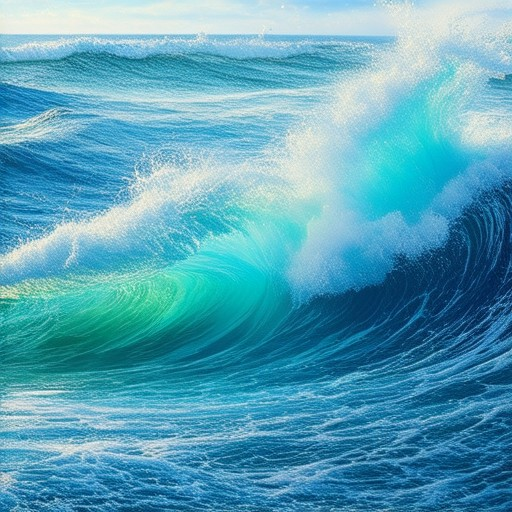
What Makes an Artistic Ocean Photo Stand Out
An artistic ocean photo captures the essence of the sea in a uniquely compelling way. Here are the key elements that make such photos memorable:
1. Unique Compositions
A great ocean photo often defies conventional perspectives. Think of shots that feature unexpected angles, symmetrical patterns, or innovative framing. For instance, a photo taken from a low vantage point to emphasize the vastness of the ocean or one that highlights the interplay between light and water.
2. Vibrant Colors
Ocean photos thrive on color diversity. Sunsets, rainbows, and bioluminescent waves transform the ordinary into the extraordinary. These vibrant hues draw viewers in and evoke strong emotional responses.
3. Dynamic Movement
Capturing motion in the ocean creates a sense of energy and vitality. Whether it’s the crash of waves, the glide of a dolphin, or the flight of a seabird, movement adds life and drama to the scene.
4. Storytelling Potential
Artistic ocean photos often tell stories. A lone boat against a stormy sea or a serene beach at dawn invites viewers to imagine the narrative behind the image. Great photos inspire curiosity and imagination.
5. Lighting and Mood
Lighting plays a crucial role in shaping the mood of an ocean photo. Soft, diffused light during sunrise or sunset can create ethereal scenes, while dramatic shadows and highlights add depth and contrast.
6. Unusual Subjects
Exploring less obvious subjects can make a photo stand out. Think of unique creatures like jellyfish, octopuses, or rare birds, or fascinating natural phenomena like coral reefs or icebergs.
7. Environmental Reflection
The ocean reflects the sky, creating mirror-like effects that enhance the visual appeal. These reflections can lead to striking compositions, especially during golden hours or full moonlit nights.
8. Depth and Perspective
Photos that showcase the ocean’s depth invite exploration. Underwater shots reveal hidden worlds, while aerial views offer a broader perspective that emphasizes the ocean’s vastness.
9. Captivating Captions and Titles
Even the best photos can benefit from thoughtful captions or titles. These additions add context and personality, helping viewers connect emotionally with the image.
10. Technical Excellence
Exceptional technical skills, such as sharp focus, correct exposure, and creative editing, elevate a photo to artistic status. These elements ensure the final piece looks polished and professional.
Conclusion
To create an artistic ocean photo, focus on capturing unique compositions, vibrant colors, dynamic movement, and evocative lighting. Tell a story, explore unusual subjects, and pay attention to technical details. With dedication and creativity, your ocean photos can truly stand out.

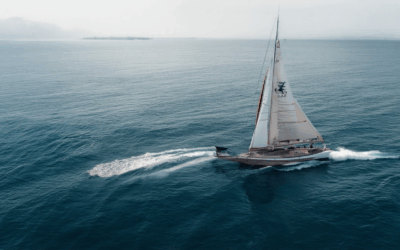
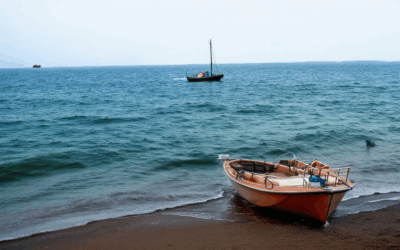
0 Comments